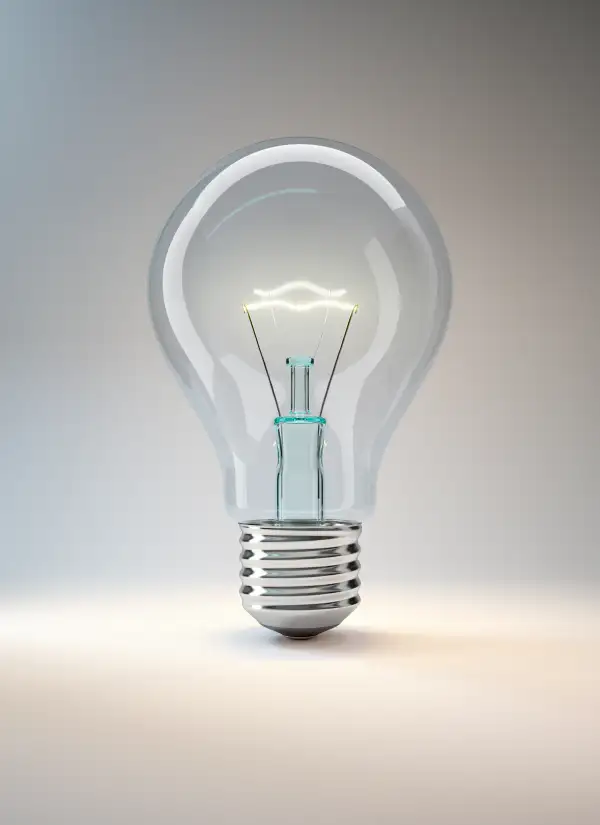Steal This Idea from the New IRA

The new IRA for starting investors that President Obama proposed in January, the MyRA, would have several key features: low minimums, no fees, and an ultrasafe investment option modeled on the federal Thrift Savings Plan.
A federal plan as a model for retirement savings? Don't be surprised. The TSP is one of the best retirement plans around. Unfortunately, you can't join it unless you work for Uncle Sam.
Even the MyRA would open up just one TSP-like fund. But for everyone else the TSP offers useful lessons on the right way to invest.
The TSP isn't technically a 401(k), but it works in much the same way. And the plan does some things far better. The streamlined menu of five index funds, plus a target-date series, is far less confusing than the dozen or more options found in many 401(k)s. And with nearly $400 billion in assets, the TSP can leverage huge economies of scale to keep costs close to zero.
TSP investors clearly appreciate what they have. Some 60% feel confident about their retirement finances, according to a 2011 survey by the plan, far higher than in many 401(k)s. Says David Madland, a managing director at the Center for American Progress, who has studied the TSP: "It's such an exceptional plan, we think it should be available to all investors."
That's unlikely to happen given today's political gridlock. Still, there's a lot you can do to make your 401(k) more like the TSP.
Seek out safety. For the lowest-risk portion of your nest egg, the TSP's G Fund -- the model for the MyRA -- is as good as it gets. The fund holds a short-term bond designed by the U.S. Treasury for the plan; the yield tracks intermediate bonds, recently 2.5%. And the fund's principal is guaranteed.
You can come close to such a great deal if your 401(k) has a stable value fund, says Colorado Springs financial planner Allan Roth. These funds pay above-average yields, recently 1.7%, and the principal is backed by an insurer. (Since that's no guarantee, look for an insurer with an A rating or higher at ambest.com). Absent a stable value fund, opt for a high-quality short-term bond fund.
Keep it simple. The TSP's six funds are all index choices. By contrast, most 401(k)s offer only a single stock index fund. Still, you probably have relatively low-cost actively managed options. Stick with the ones that track broad markets, such as foreign stocks.
Related: When stocks dip, hold on to your chips
"You can get the basic diversification you need with just three to five funds," says Jim Ludwick, a planner in Odenton, Md.
Think twice about leaving. Steve Ellisor, a planner in Longboat Key, Fla., sees many federal workers keeping money in the TSP for years after they retire. With the TSP's minuscule costs and returns that reliably track their benchmarks, that often makes sense.
Your 401(k) may offer similar advantages, since big plans can demand lower-cost funds than you can buy on your own. So before you roll over to an IRA, make sure your new fund lineup is as good as, or better than, what you have now.